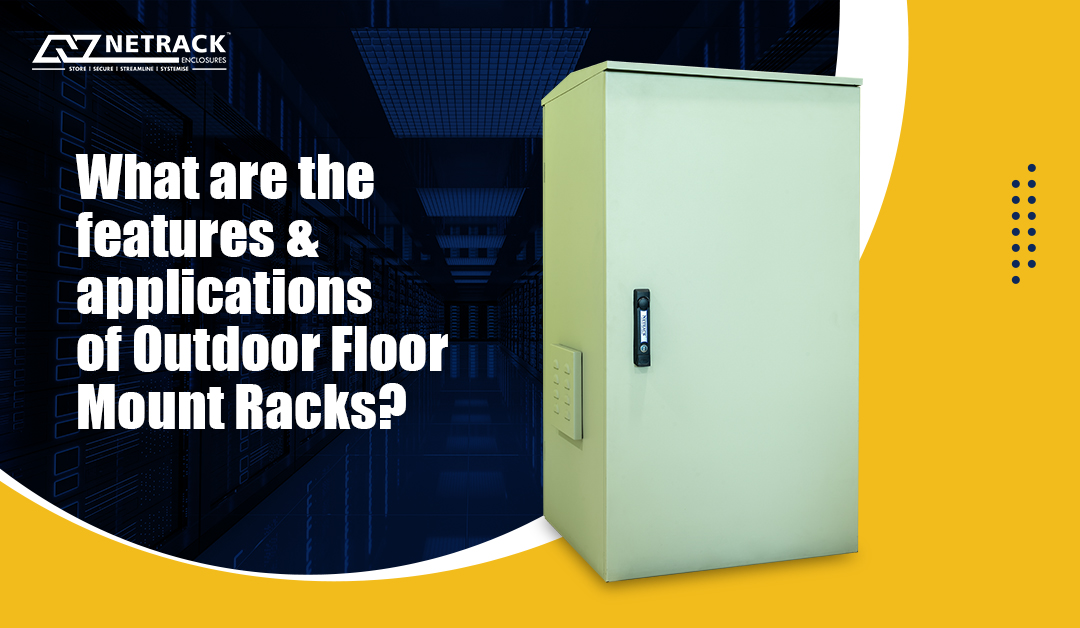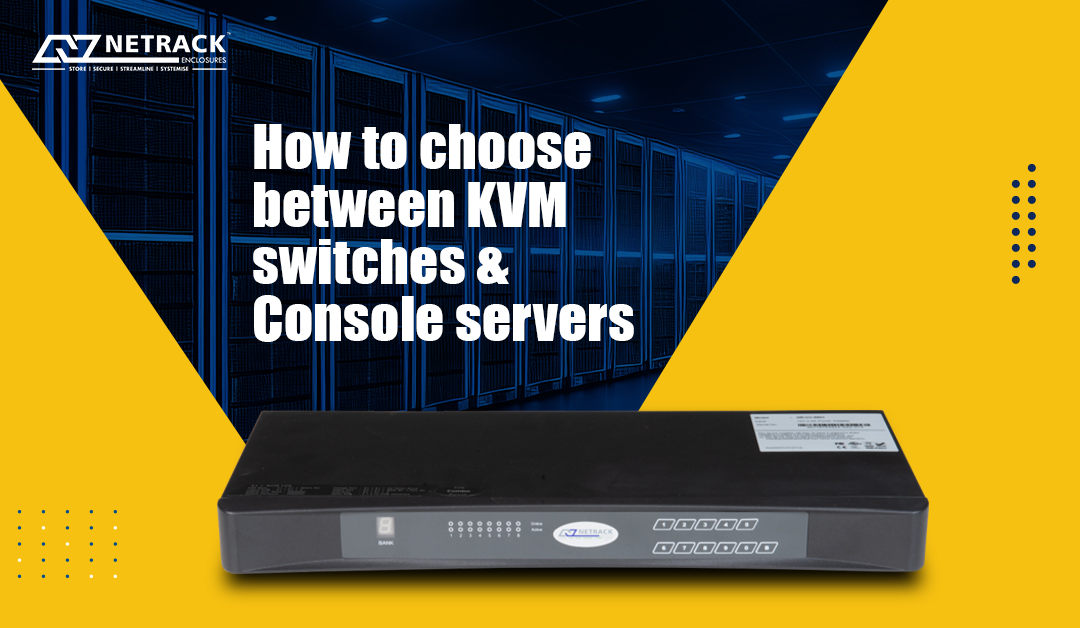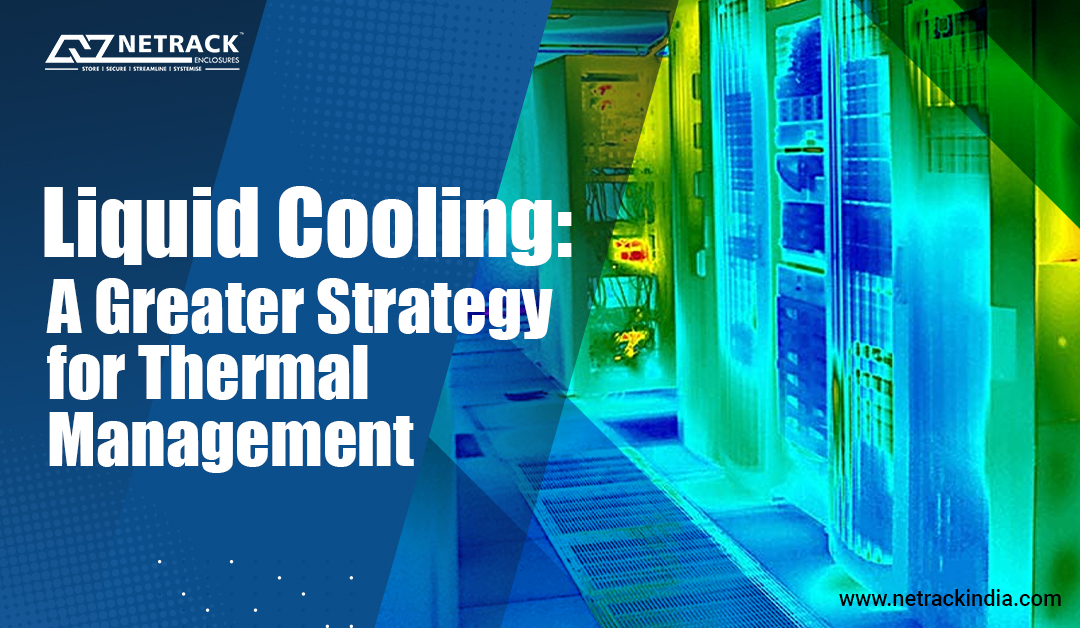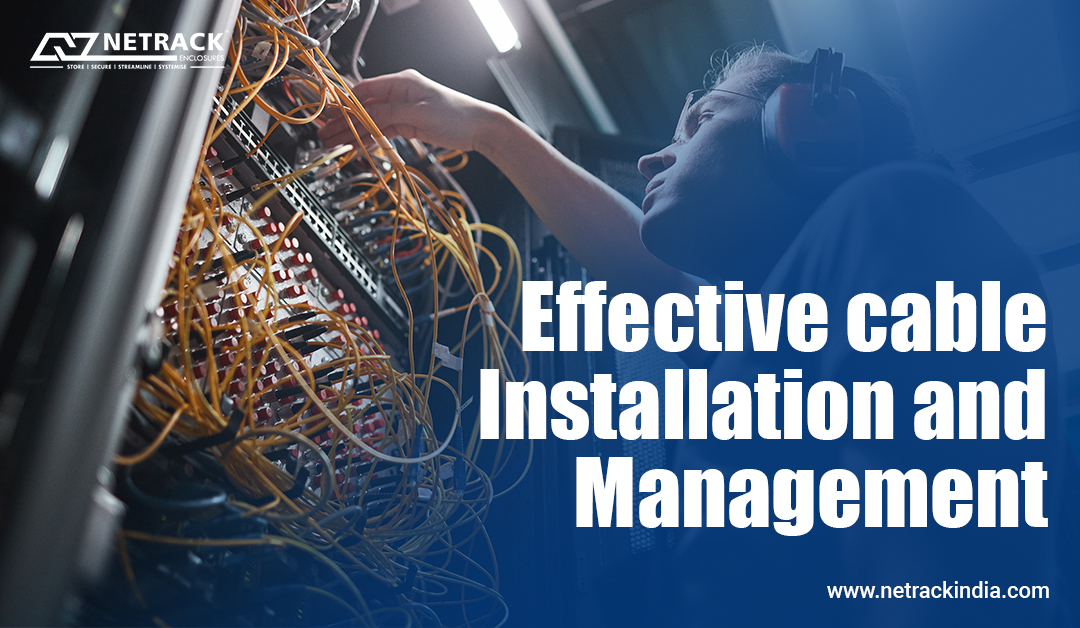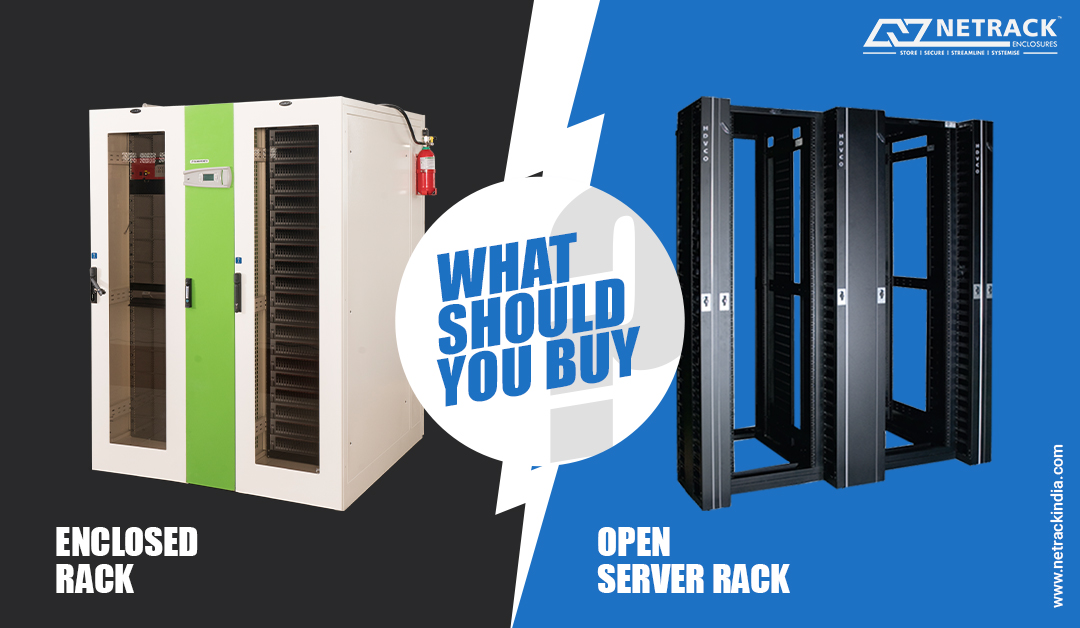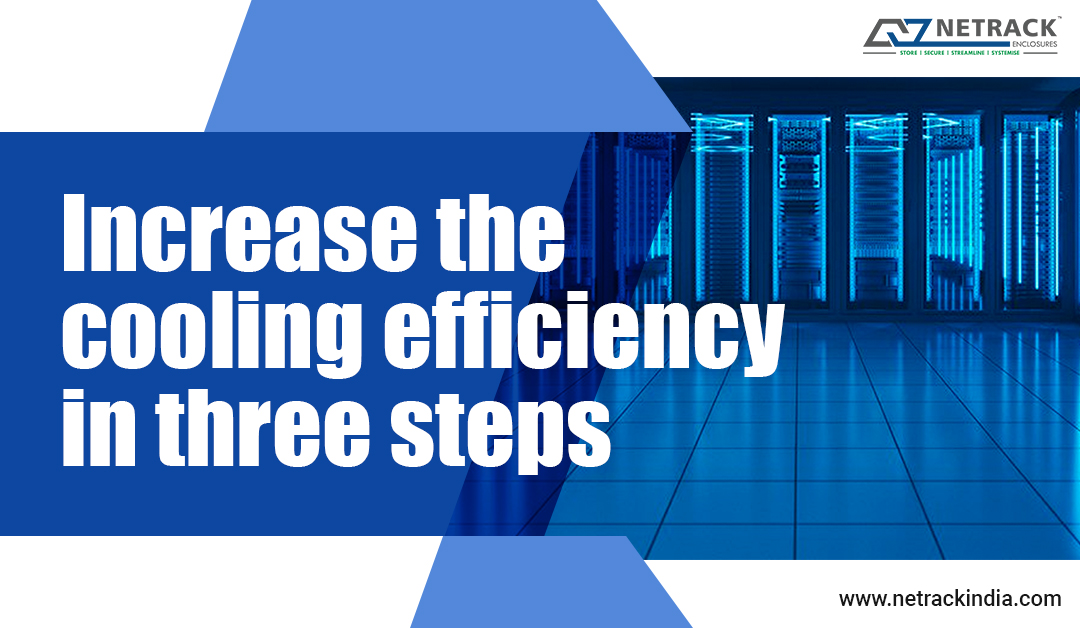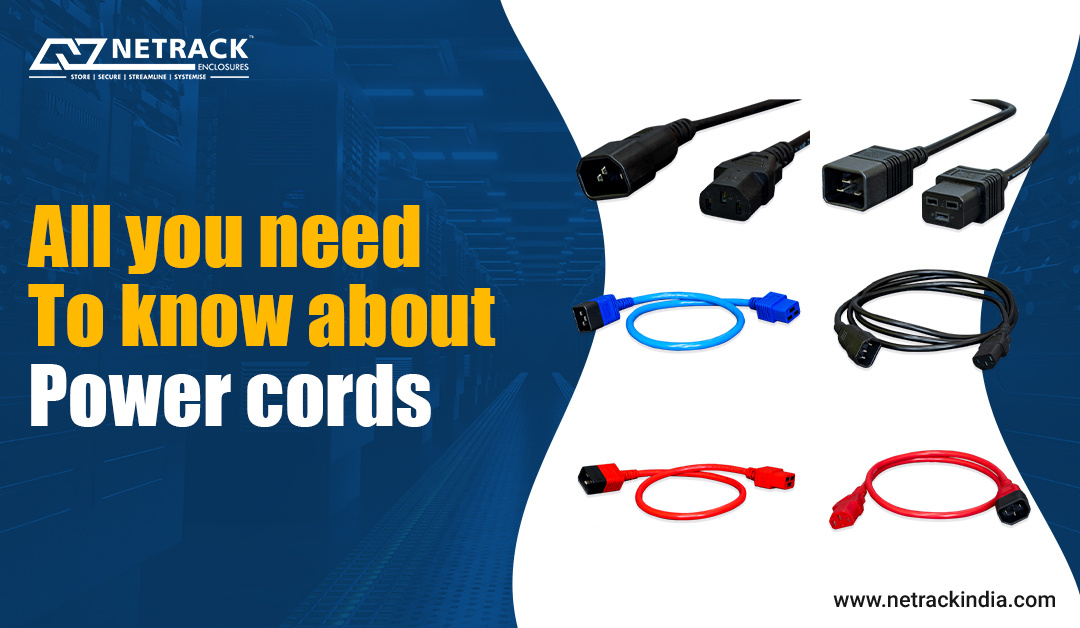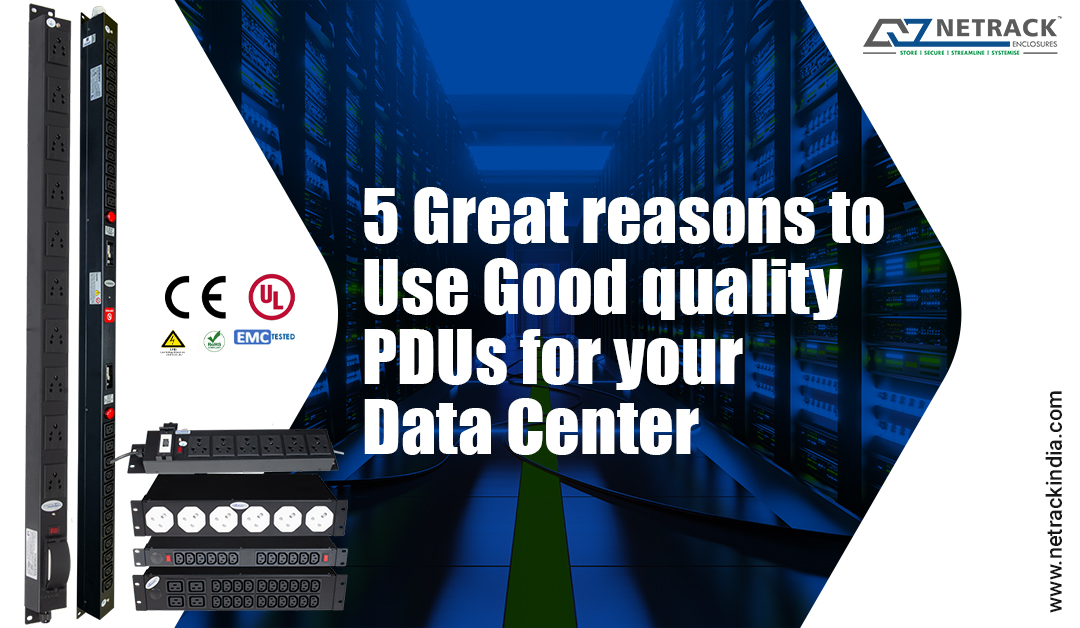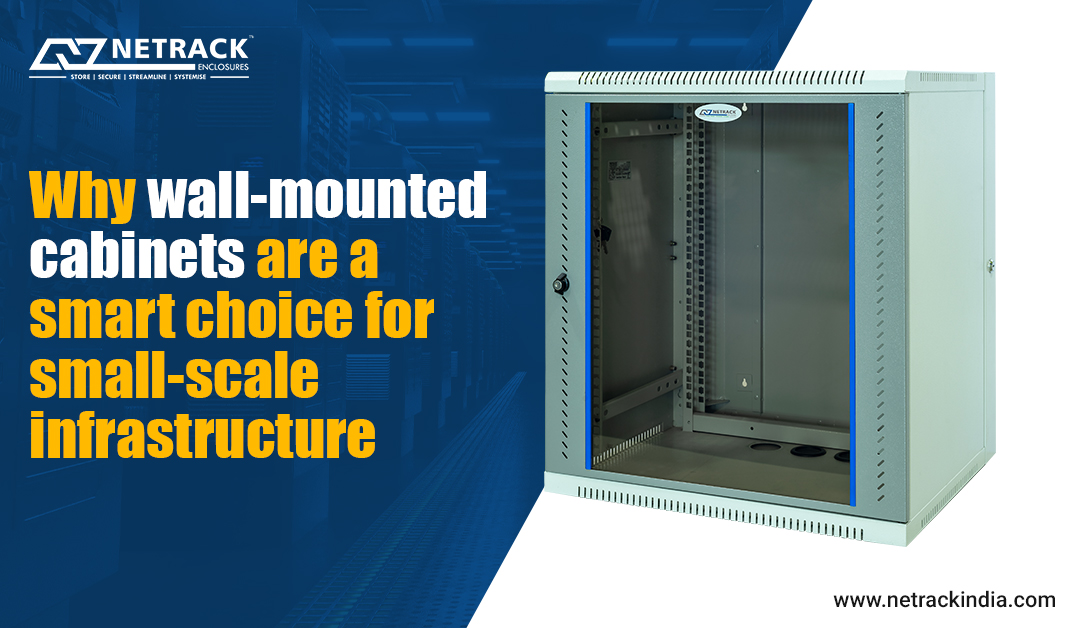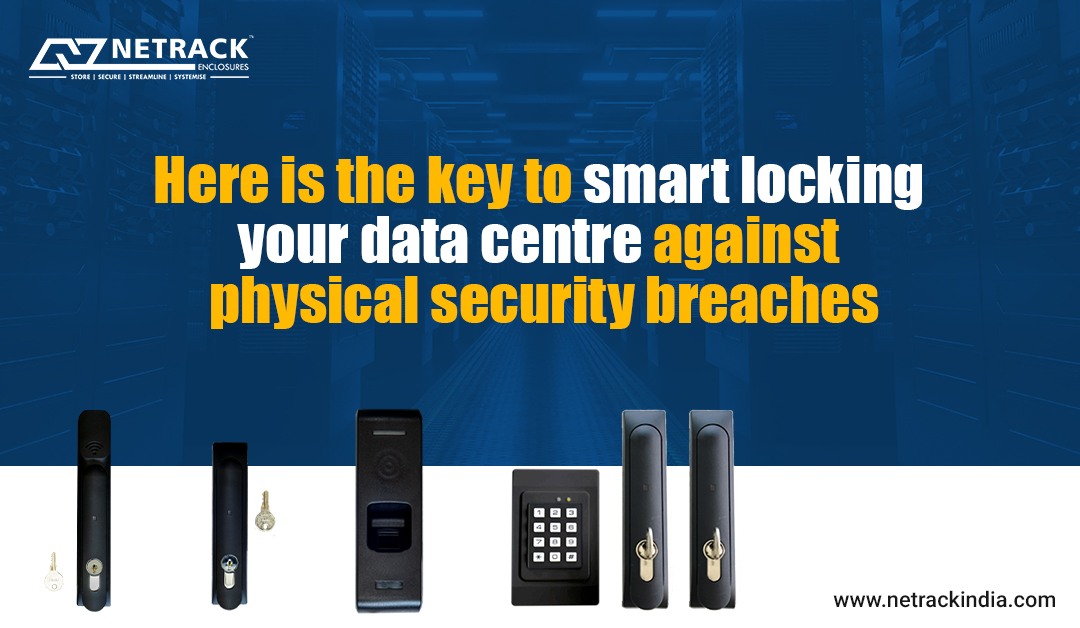What are the features and applications of Outdoor Floor Mount Racks?
Outdoor floor mount racks are a perfect example of technology combining with innovation. The product caters to the IT industry by hosting, organizing, and managing IT equipment and accessories. Hence, outdoor floor mount racks are essential to modern communication systems, and networking infrastructure. They are designed to provide a secure and reliable storage solution for various types of equipment, including servers, routers, switches, and other networking components. Why do you need outdoor floor mount racks? Manufacturing the outdoor floor mount racks aims to accommodate switches and other important IT equipment in the outdoor ecosystem. It improves the aesthetics and functional aspect of the place. The outdoor floor mount racks are available in different sizes, making it easy to adjust, install, and customize as per requirement. The floor mount racks designed and manufactured by Netrack are durable and robust enough to support any equipment weight. In addition, the inbuilt security locks and
Read More
